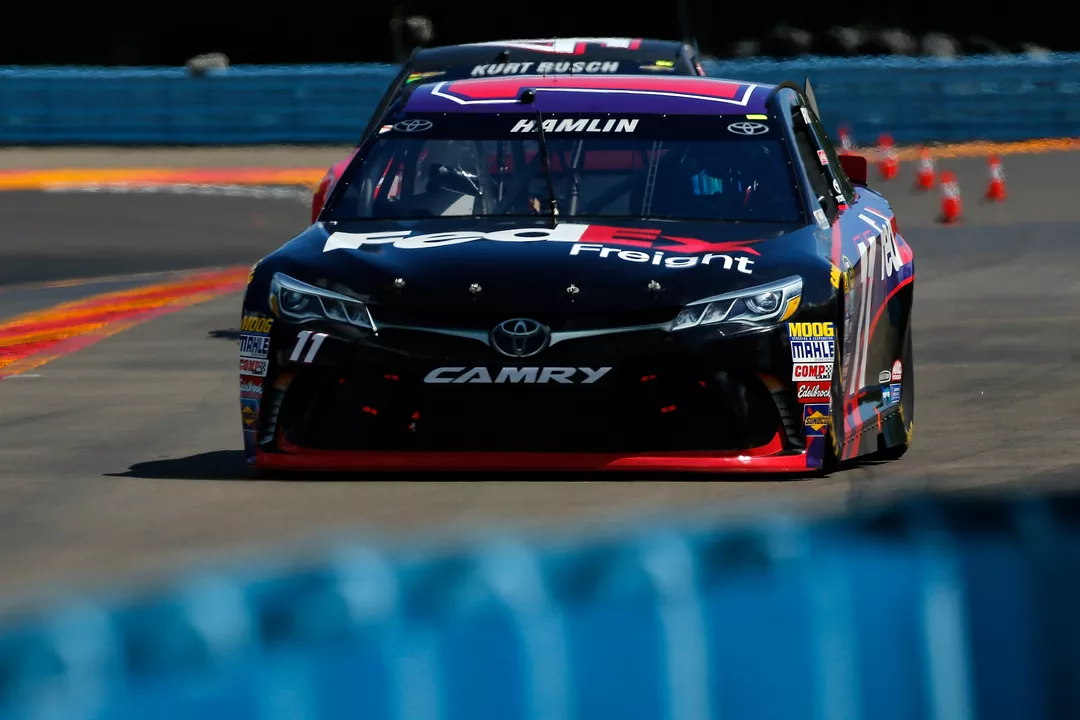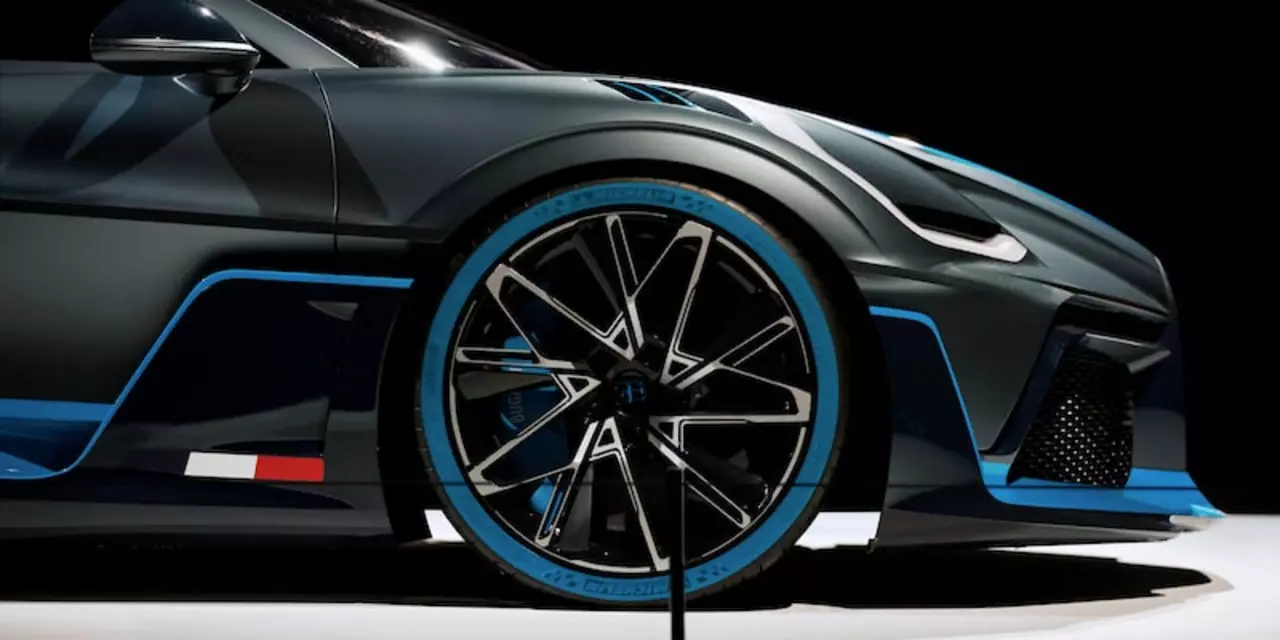Racing – Your Front‑Row Seat to Speed and Skill
When talking about Racing, the competitive sport of driving vehicles at high speed on defined circuits or courses. Also known as motor racing, it blends technology, human reflexes and strategy into a single adrenaline‑filled experience.
One of the most visible parts of the sport are the machines themselves. Racing car, a purpose‑built vehicle with a low centre of gravity, aerodynamic bodywork and high‑performance engine is engineered to stay glued to the asphalt while cornering at breakneck speeds. The low centre of gravity reduces roll and lets drivers hug turns, which means faster lap times and safer handling. Engineers also focus on reducing drag, so the car slices through the air and burns less fuel. All these factors combine to make the racing car a perfect showcase of automotive innovation.
If you’re dreaming of getting behind the wheel, education matters. Racing school, a training program that teaches driving techniques, vehicle dynamics and racecraft to aspiring drivers offers a structured path from novice to competitor. Schools like Skip Barber provide hands‑on experience with real race cars, coaching on braking points, throttle control and race strategy. The value comes from learning the right habits early; a fraction of the cost can save you from costly mistakes on the track later.
Electric power is reshaping the sport. Formula E, the premier electric single‑seater racing series that runs in city centres worldwide proves that speed doesn’t have to come from gasoline. Its silent yet punchy acceleration attracts fans who care about sustainability, while the sound of the whirring motors still delivers excitement. The series also pushes battery technology forward, which trickles down to consumer EVs. Whether you see it as the future or a novelty, Formula E is an undeniable part of modern racing.
Before you can race, you need permission from the governing bodies. A Racing licence, an official credential issued after testing driver skill, safety knowledge and medical fitness validates that you meet the sport’s standards. In many countries the minimum age is 18, and you’ll have to pass a practical assessment on a track. Getting the licence also opens doors to club events, regional championships and eventually national series. It’s the first badge of credibility for any driver.
What You’ll Find Below
The articles below cover everything from the physics behind a low centre of gravity to the best value racing schools, from the debate over Formula E’s place in motorsport history to step‑by‑step guides on obtaining a racing licence. You’ll also see real‑world stories like why certain car brands age gracefully and how online car buying is changing the market. Whether you’re a seasoned fan or just starting, this collection gives you practical insights, fresh perspectives and the data you need to fuel your passion for racing.
Dive in and discover the depth of the sport – the tech, the talent, and the thrills that keep the track alive.
Why did NASCAR put stages in its racing?
- Daxton Whitmore
- |
- |
- 0
As a NASCAR fan, I've noticed a significant change in recent years with the introduction of stages in racing. NASCAR implemented these stages to enhance the competition and keep fans engaged throughout the entire race. By breaking the race into segments, drivers are now awarded points for their performance in each stage, making every lap matter. This new format also adds an element of strategy for teams, as they need to adapt their tactics accordingly. Overall, the addition of stages in NASCAR racing has created more excitement, unpredictability, and a better viewing experience for fans like myself.
View moreWhat is your relationship with racing cars?
- Daxton Whitmore
- |
- |
- 0
This article looks at the different ways people can enjoy racing cars. From the thrill of driving a race car to the camaraderie of the racing community, it examines the various aspects of having a relationship with these powerful machines. It also looks at how different people can enjoy cars, from the casual fan to the hardcore enthusiast. It highlights the importance of safety and proper maintenance when engaging in any form of motorsport. Finally, it looks at the different types of motorsport and how they can be enjoyed by all. In conclusion, racing cars can provide a great way to bond with friends, have fun, and engage in a thrilling activity.
View more
